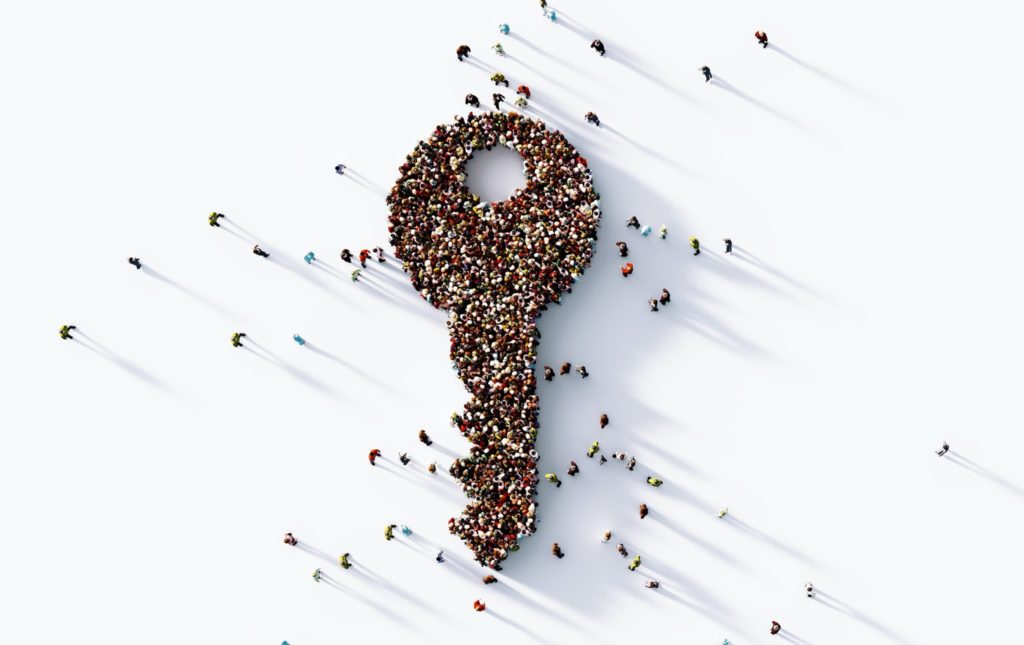The head of Iran’s military nuclear weapons program has been assassinated–tensions with Iran continue to grow:
BREAKING: Head of Iran's nuclear weapon program assassinated – Iranian state TV
— Norbert Elekes (@NorbertElekes) November 27, 2020
Authorities in Iran suspect Israel is responsible for the assassination:
https://twitter.com/EllieGeranmayeh/status/1332361611273756674?s=20
And, incidentally, the US is moving warships back into the Middle East (the decision to do this was reportedly made before tensions grew today):
Breaking: US aircraft carrier USS Nimitz will be moved back into the Persian Gulf region along w/ other US Navy warships to provide "combat support" and "air cover" as US troops withdraw from Iraq and Afghanistan by January 15th. (@barbarastarrcnn)
— doge (@IntelDoge) November 27, 2020
The world has nearly 62 million cases. The world has added nearly 4.9 million cases since last Thursday. Case growth is increasing. There have been over 1.4 million deaths in total. The US has over 13.4 million cases. The US has added over 1.4 million cases since last Thursday. Over 271,000 Americans have died—over 1,300 in the last 24 hours (and this is likely to be an underestimate due to the holiday impacting reporting). The US has gained over 162,000 new cases since yesterday. The US still leads the world in case growth.
The CDC director says he expects vaccine rollout to start in the US in mid-December. Nursing home residents will be among the first to receive it.
The CDC is reviewing evidence that indicates that people isolating at home after exposure to COVID may not need to isolate for a full 14 days if they test negative. Given how often false negatives are generated by various test kits, I’m not sure this is best idea. If the recommendation for isolation is reduced, it’s likely to be 7-10 days with a negative test.
Some AstraZeneca/Oxford vaccine trial participants didn’t receive the proper dose, and these errors are muddying results data. The errors may preclude or delay Emergency Use Authorization in the US. Another trial is forthcoming:
BREAKING: AstraZeneca to conduct another global trial of its coronavirus vaccine to confirm efficacy rate revealed by dosage error, CEO says – Bloomberg
— BNO News (@BNOFeed) November 26, 2020
COVID app data has been harvested by Australia’s intelligence apparatus. This is the kind of dystopian privacy intrusion that makes me weary of apps that might be helpful. The data was collected “incidentally” and apparently lawfully, and assurances have been made that the data will be deleted.
Deaths are climbing, and tough choices are being made in hospitals all over the country. There are only ~10,000 ICU beds left in the country, and although more can be made, will we have enough clinicians to staff them?
When a major PPE factory has to be shut down due to COVID-infected workers, one has to question safety practices in that facility. The downstream effects of the temporary factory closure are not yet known.
United is going to charter flights to help with vaccine distribution:
NEW: United Airlines begins operating charter flights to position Pfizer's coronavirus vaccine for quick distribution once approved – WSJ
— BNO News (@BNOFeed) November 27, 2020
Convalescent plasma is not helping how we had hoped:
Another study casts doubt on 'convalescent plasma' as COVID-19 treatment https://t.co/v14fAP8hLs via @medical_xpress pic.twitter.com/s2PFcLmIJe
— delthia ricks 🔬 (@DelthiaRicks) November 27, 2020
There are case reports of persistent hiccups in COVID patients. Could it be a sign of pulmonary embolism?
Transparency about vaccine side effects is important in creating a successful vaccine program. Most people will avoid very severe side effects. Here’s what you need to know.


You are reporting the comment """ by on